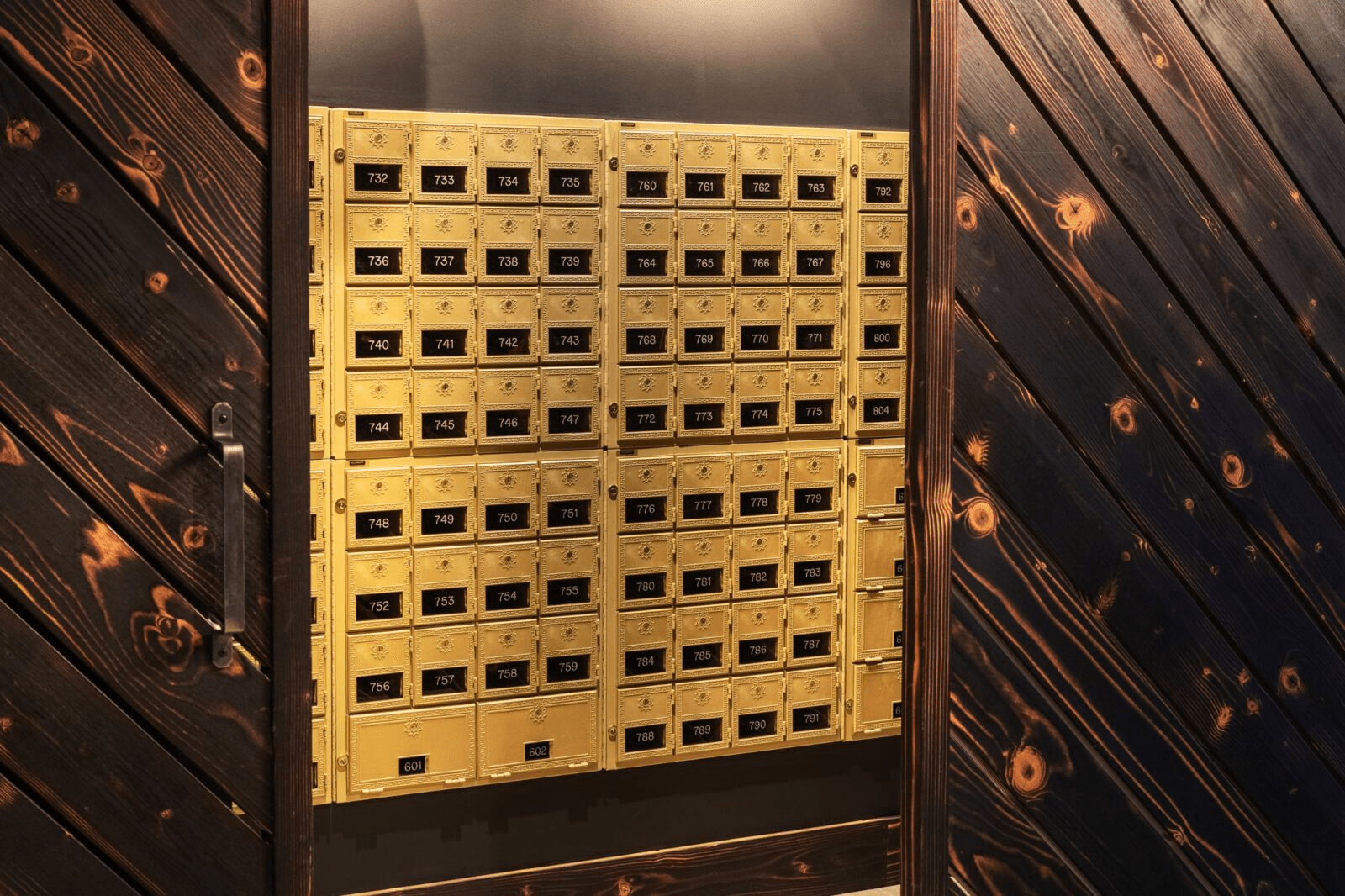1st October 2024
Education
Understanding the Difference Between Conference Rooms and Meeting Rooms

In the dynamic world of business, the right environment can significantly influence productivity, collaboration, and overall success. At Shift Workspaces, we provide well-equipped facilities designed to meet diverse needs, including both conference rooms and meeting rooms. Each type of space serves distinct purposes, ensuring that professionals can find the perfect setting for their specific requirements. Let’s explore the key differences between these two types of spaces and how they cater to various business functions.
Conference Rooms: Large-Scale Collaboration
Purpose and Use
- Designed for Larger Groups: Conference rooms are typically larger and are equipped to accommodate more attendees, making them ideal for presentations, seminars, and workshops.
- Formal Settings: These rooms often have a more formal atmosphere, suitable for significant business discussions, client presentations, or strategic planning sessions.
Features and Amenities
- Advanced Technology: Conference rooms are equipped with cutting-edge audiovisual technology, including large screens, projectors, and high-quality sound systems. This allows for seamless presentations and video conferencing.
- Flexible Seating Arrangements: Many conference rooms offer versatile seating configurations, such as boardroom-style layouts, theater seating, or U-shaped setups, to suit the nature of the meeting.
- Enhanced Privacy: Conference rooms are often located in quieter areas of the coworking space, providing a private environment conducive to focused discussions.
Meeting Rooms: Intimate Collaboration
Purpose and Use
- Designed for Smaller Gatherings: Meeting rooms are typically smaller than conference rooms and are intended for more intimate discussions, such as brainstorming sessions, team meetings, or one-on-one conversations.
- Informal Atmosphere: The ambiance in meeting rooms is generally more casual, fostering open communication and collaboration among team members.
Features and Amenities
- Essential Equipment: While meeting rooms may still offer technology like screens and whiteboards, they usually have fewer high-end features compared to conference rooms. This simplicity supports effective communication without unnecessary distractions.
- Comfortable Furnishings: Meeting rooms often focus on comfort, with cozy seating and informal layouts that encourage relaxed dialogue and creative thinking.
- Quick Booking and Accessibility: Meeting rooms are usually easier to book on short notice, making them perfect for spontaneous discussions or quick catch-ups.
Choosing the Right Space
When deciding between a conference room and a meeting room in a luxury coworking space, consider the following factors:
- Number of Participants: For larger groups, opt for a conference room to ensure everyone has adequate space. For smaller teams or discussions, a meeting room will suffice.
- Nature of the Discussion: If the meeting involves formal presentations or strategic planning, a conference room is ideal. For brainstorming or collaborative sessions, a meeting room provides a more relaxed setting.
- Required Technology: Evaluate the technological needs of your meeting. If advanced audiovisual equipment is essential, a conference room will be more suitable. If not, a meeting room will provide the necessary functionality.
Conclusion
In a luxury coworking space, both conference rooms and meeting rooms play crucial roles in supporting collaboration and productivity. Understanding the differences between the two can help professionals make informed decisions about where to host their meetings, ensuring that each gathering is as effective and efficient as possible. Whether you’re leading a large team meeting or engaging in a small brainstorming session, having the right space at your disposal can make all the difference in achieving your goals.
-
Read More
Why June Is the Perfect Time to Secure Office Space
June kicks off peak office space demand. Secure private office or coworking options now at Shift Workspaces Denver & Littleton. Book your summer spot today.
-
Read More
Advantages and Disadvantages of Flexible Working Hours
Flexible working hours offer surprising pros and cons. Learn how they impact productivity, work-life balance, and whether they’re right for your business.













